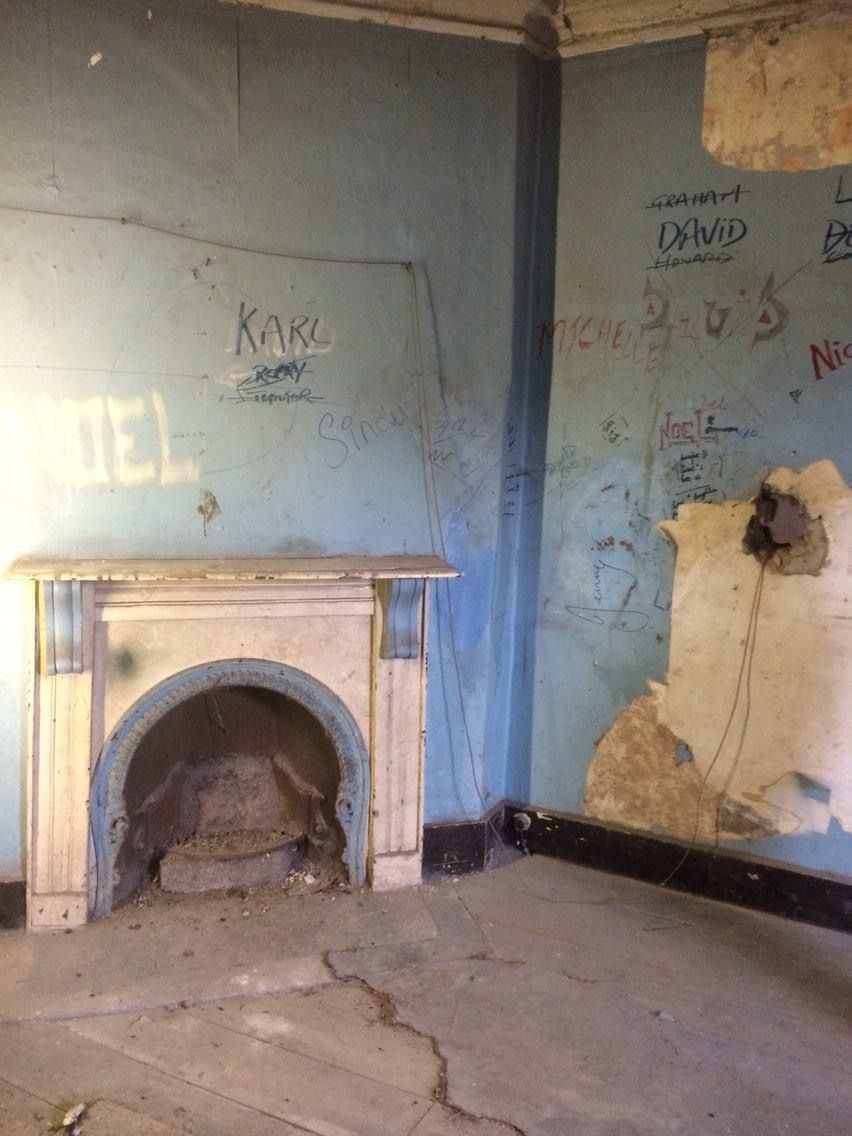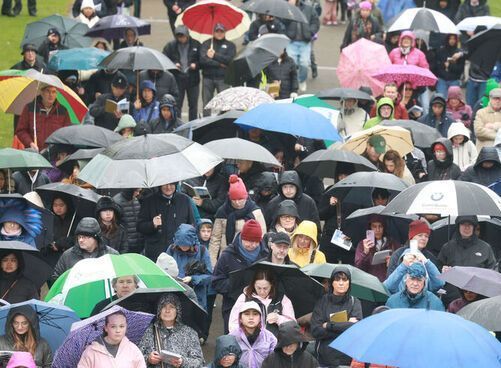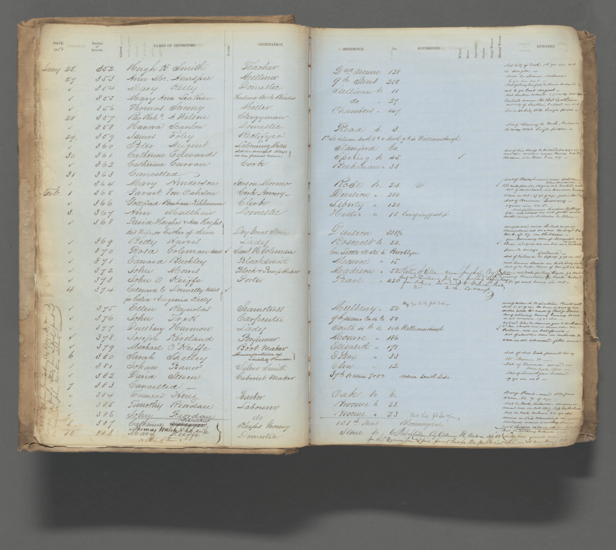The threat of demolition to parts of the Moore Street Terrace, a place that played a central role in the Easter Rising, has increased significantly.
Last month the Executive of Dublin City Council rejected a motion by councillors that Number 18 Moore Street should be designated a Protected Structure. The councillors had previously passed a motion in support of this.
In a report to councillors the Executive concluded that 18 Moore Street is not part of the 1916 terrace. This decision stands in stark contrast to the available evidence, including confirmation rooted in Council and governmental reports.
The Executive’s report was withdrawn but will now come before the Council again in September. In the meantime, councillors have been asked to provide submissions setting out their arguments for consideration.
The Executive also made it clear that it does not accept that the process of providing Number 18 with a protected structure status was commenced by the motion in the Council. Most worryingly, the Executive states that there exists a previous planning consent providing for Number 18 to be demolished.
To add to this mounting threat to Number 18 planning permissions for three sites along Moore Street are currently awaiting final decisions from An Bord Pleanála (ABP). The investigation by inspectors for ABP has now been completed and a decision on the sites, which includes Number 18, could be given at any time. In addition, the decision by Dublin City Council to add other buildings to the Record of Protected Structures is now the focus of a judicial review by the developer, Hammerson.
Three years ago, in a similar case, 40 Herbert Park, the home of The O’Rahilly, the only leader of the 1916 Rising to be killed in action, was demolished in a shameful act of political and corporate vandalism and greed. The O’Rahilly was killed in Moore Street.
The Sinn Féin group on Dublin City Council has made a detailed submission to the Executive setting out the evidence that portions of Number 18 were extant at the time of 1916. These include the Dublin City Report of this year, the Shaffrey Conservation Report of 2011, the Broderick Hosford report 2014, and the Dooley and Hall report 2019. The Sinn Féin group has called on Number 18 to be given protected structure status.
In the meantime, the Moore Street Preservation Trust is actively seeking legal advice about the options available to it.
Three years ago, in a similar case, 40 Herbert Park, the home of The O’Rahilly, the only leader of the 1916 Rising to be killed in action, was demolished in a shameful act of political and corporate vandalism and greed. The O’Rahilly was killed in Moore Street.
Despite Herbert Park being of great historical significance it was destroyed in a matter of hours.
Number 18 Moore Street and other parts of the terrace now face a similar fate. The Hammerson plan has the support of Micheál Martin. When he was taoiseach he welcomed the Hammerson proposals. Such interference in the planning process, and the use of his statement in a Hammerson press release, is absolutely unacceptable.
James Connolly Heron of the Moore Street Preservation Trust said: “The entire terrace 10-25 Moore Street was occupied by the evacuated GPO garrison at the end of Easter Week 1916, yet Hammerson wants to demolish much of the terrace. This includes Numbers 18 and 19. Help Save the 1916 Battlefield Site. Stop the Demolition of Moore St.”
COFFIN SHIPS
Eight years ago the death of two year old Alan Kurdi brought a focus on the refugee tragedy that has turned the Mediterranean into a sea of death for thousands. The photograph of the child lying face down on a Turkish beach as the water washed over him was a distressing and evocative image.
Last week, at least 78 refugees are known to have drowned when the packed trawler they were on capsized. Survivors have said that as many as 500 more, including possibly 100 children who were in the hold of the trawler, are thought to have gone down with the ship when it sank off the southern coast of Greece.
Since 2014, over 20,000 refugees are believed to have died crossing what is now regarded as the most dangerous route on earth for those fleeing war, famine and poverty.
The EU and European governments blame the people smugglers who profit from packing refugees onto boats that are often incapable of making the journey. And yes, they are to blame, but so too are those governments, the EU and the politicians who have collectively failed to confront the refugee crisis in a humane and strategic fashion. Consequently, desperate people who find the legal door to Europe barred shut to them turn to the people traffickers. And Europe’s response to this has been to cut back on its rescue operations leaving thousands to their fate in the sea of death.
Fine Gael’s four MEPs voted to block a resolution in October 2019 in the EU Parliament to enhance the search and rescue operations and provide sufficient vessels and equipment. According to the UN Refugee Agency (UNHCR) while the numbers making the journey are declining each year the numbers dying are steadily rising year on year. In 2019 an estimated 1,510 drowned. In 2020 that figure had increased to 1,881. And in 2021 3,231 deaths were recorded.
More refugees died in the first quarter of this year than in the previous six years. The IOM documented 441 migrant deaths between January and March. It stated that around “half of those deaths were linked to delays in state-led rescue efforts and, in one case, the absence of any rescue mission.” In a joint statement the UNHCR and the IOM called for urgent and decisive action to prevent further deaths at sea.
The two international organizations described the current EU approach to the Mediterranean as unworkable. It called on the EU to ensure “greater coordination between all Mediterranean States” including the establishment "of an agreed regional disembarkation and redistribution mechanism for people who arrive by sea.” This places a huge responsibility on the Irish government to use its place in the EU to change the current policies of that body. In particular, there needs to be a properly resourced rescue program put back in place.
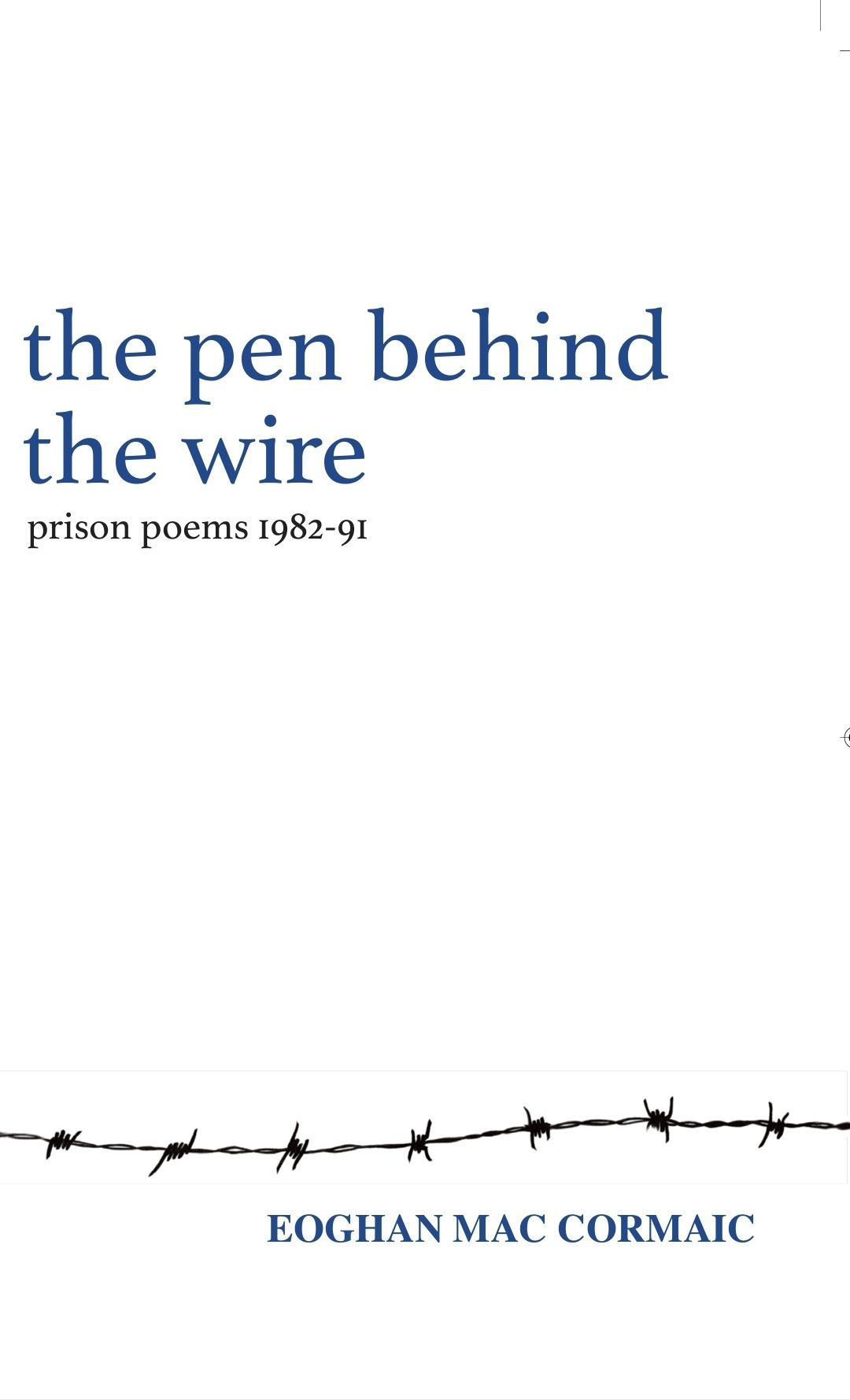
THE PEN BEHIND THE WIRE
Thousands of republicans were imprisoned during the conflict. They created a commendable body of prison literature, in keeping with prison writings from other phases in the freedom struggle. Former POWs, as well as writing their memoirs, have written short stories, novels, plays and screenplays and, of course, poetry. The writings of Bobby Sands, for example, have never been out of print over the past forty-two years and have been translated into many languages.
Eoghan 'Gino' Mac Cormaic from Derry served fifteen years in jail and was on the blanket protest for five years at a time when ten of his comrades died on hunger strike. Eoghan began writing poems on toilet paper and cigarette papers and smuggled them out to his family who kept them safe from British Army raids. Some of the poems were published in Republican News. Eoghan also produced crossword puzzles.
Gino is a great wordsmith. Í nGaeilge agus í Bearla. His prison memoir, "On The Blanket or Ar An Pluid," is a must read tale of life in the H Blocks. Now he has a new book of prison poetry: "The Pen Behind The Wire. Prison Poems 1982- 91." It is Published by Greenisland Press. It will be released - pardon the pun - in August.
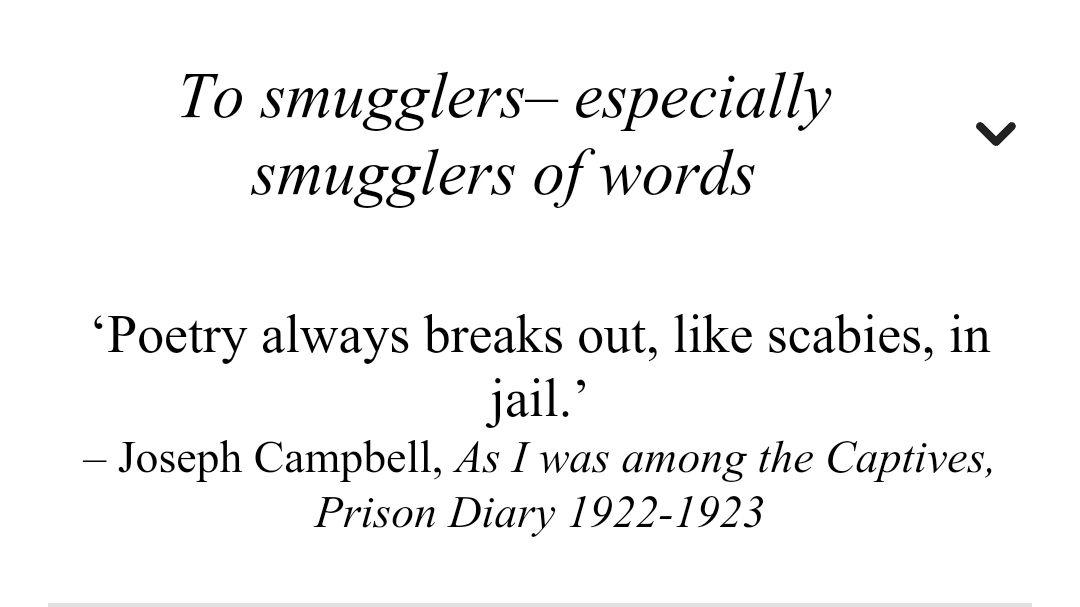
An interesting element of this book is that some of the poems are recorded and readers can listen to the readings by using QR codes at the back of the book to access readings online (on a phone for example).
Some poets believe poetry needs to be read aloud to be fully appreciated. I agree with that. So I’m delighted that Eoghan enlisted thirty six readers to give voice to his poetic musings. I include myself in that rare audio. This columnist is honored to read "Building Trouble."
Other readers include Gerry Kelly, Mitchel McLoughlin, Danny Morrison, Martina Anderson, Rita Ann Higgins and Christy Moore. Eoghan’s family also read, including his sister Sarah McLaughlin, Alison, his long suffering wife, and their four children.
There are sixty poems in "The Pen Behind The Wire." It will be launched at Prisoners Day in the Felons in Belfast during Féile An Phobail. I will give you details closer to that date. Eoghan's other books are available now at An Fhuiseoig and other outlets. Macallaí na Cillín is published by Coiscéim. Another fine piece of extraordinary writing by Gino. Comhghairdeas a chara.

